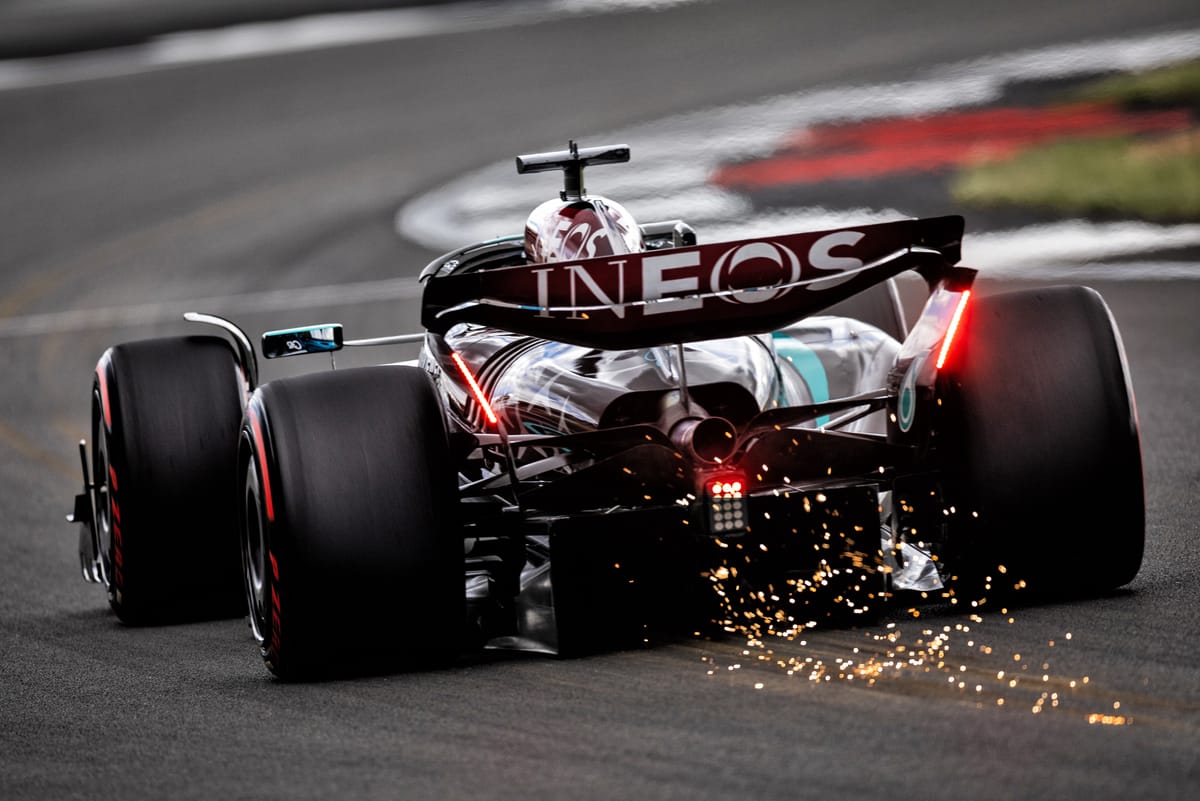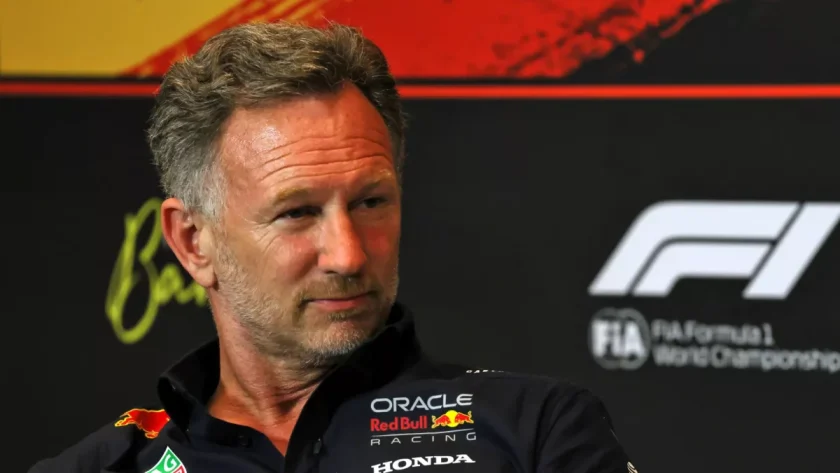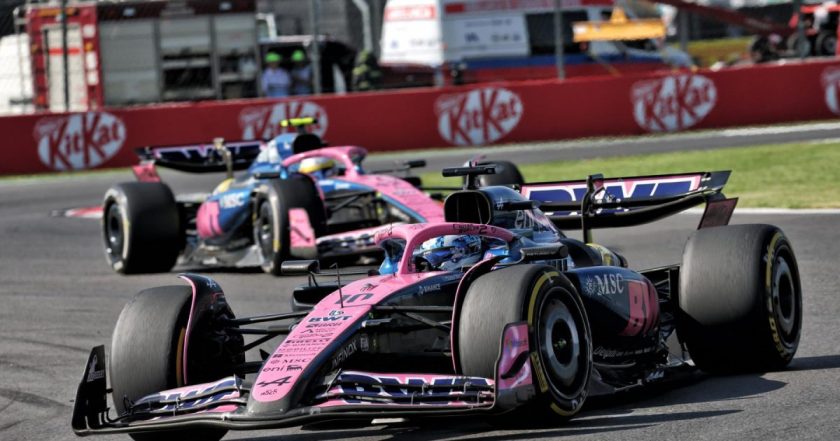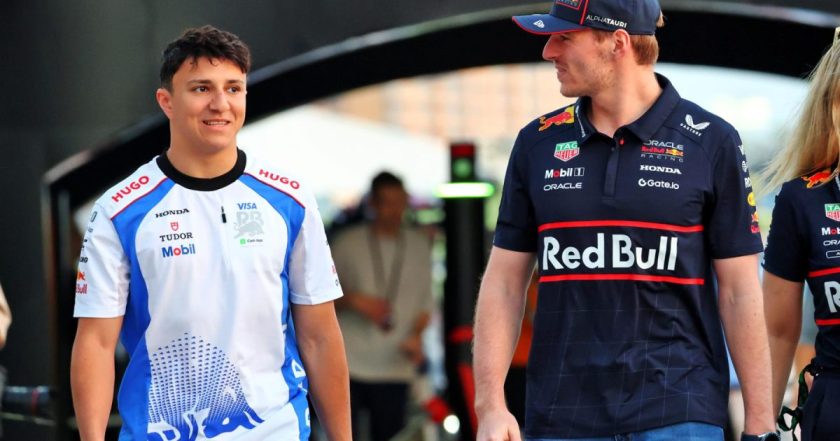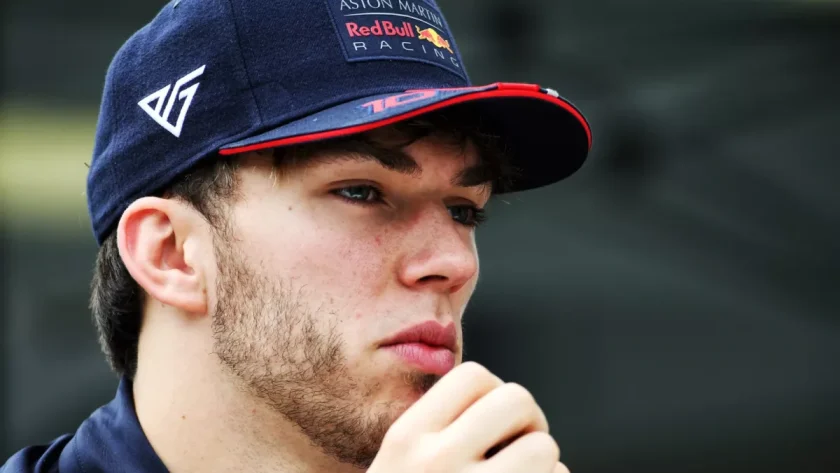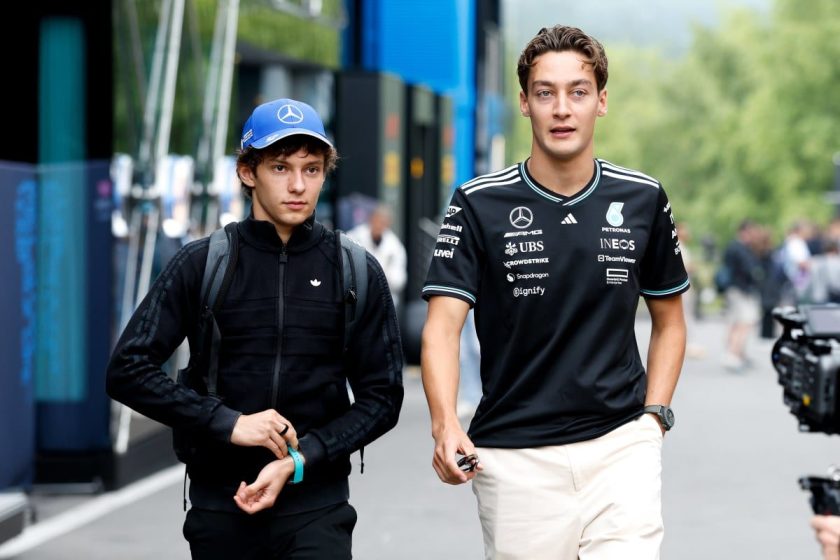P1racenews AI automatic summary:
So clearly have McLaren and Red Bull been the two form teams in F1 of late, that they’ve been reacting to each other on set-up at the British GP. Mark Hughes explains how that fits into both teams being beaten by Mercedes in qualifying at Silverstone
The British Grand Prix saw three British drivers in the top three, providing a feel-good moment for the home crowd despite the challenging weather conditions. The strategic game theory play between McLaren, Red Bull, and Mercedes highlighted the complexities of Formula 1 racing dynamics. Silverstone’s low-drag nature requires a delicate balance of downforce levels for optimal performance, especially in high-speed corners like Abbey, Copse, and Maggotts. Teams had to navigate the trade-off between lower wing settings for speed versus higher downforce for tire management on the low-speed sections of the track. The ever-changing weather conditions further added a layer of complexity, with more wing preferred for wet and windy scenarios. The strategic battle between teams like Red Bull and McLaren underscored the importance of wing level adjustments to gain a competitive edge in both qualifying and race performance, creating a tense game of cat and mouse on the track.
